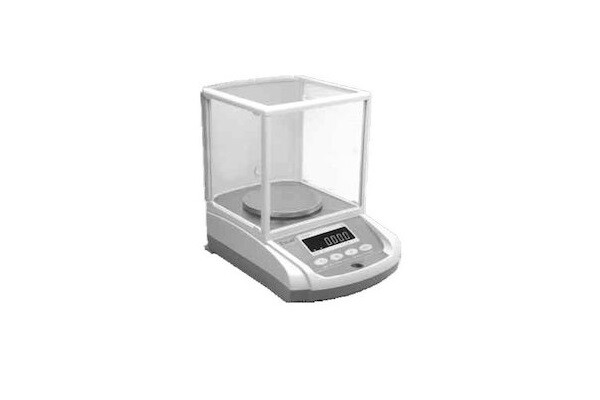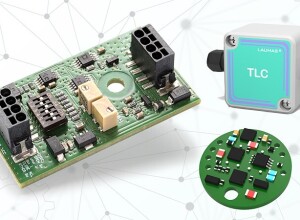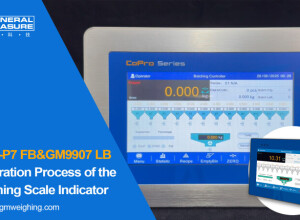Swastik Systems & Services (India) - Learn everything about electronic balances.
What is Electronic Balance?
An Electronic Balance is an instrument which is used to weigh any given mass when a certain amount of force is exerted on it. It gives precise results when used in the correct way. Also, when it comes to its usage or applications, then it has become a standard equipment for many high schools and colleges chemistry departments. They provide the user with quick and accurate results in terms of mass of a substance to a level of accuracy which is practically impossible for a traditional balance to achieve.
Working of the Electronic Balances:
Before you can understand the workings of the electronic balances, you should be learning about how they are constructed first. Basically, there are two types of designs, the first one is the Electromagnetic balancing type and the second one is the Electrical resistance wire type (load cell type).
These two designs work on two completely different principles but one thing that is common in them is that both don’t measure the mass directly. The principle is that they measure the force that is being exerted on the pan which is always downwards due to gravity. The force is then converted into an electrical signal and gets displayed on a digital display.
Let’s Get into Deep:
The two designs utilize the force exerted by the substance in totally different way. When it comes to measuring force, the electromagnetic balance method utilizes the electromagnetic force generated from a magnet and coil. But the electrical resistance wire method uses the change in resistance value of a strain gauge attached to the substance that bends in response to a force.
How Electronic Balances Display Mass Value:
Now the question arises when the electronic balances don’t measure the mass values, how come they display the actual mass values. The answer is that the reference standards for mass are KG and further G. And because of the conversion process, when a force is placed on the electronic balance, it is being informed that the given force is equivalent to grams and that’s what gets displayed.
It is important to understand that conversion is an imperative process because if the electronic balances don’t perform right conversions, they can never display the right readings.
Daily Balances Inspection:
It is necessary to inspect the electronic balances on a daily basis. One of the best ways to check whether it is working properly or not is to place an element on it whose weight you already know and then match the reading. If it is matching, then it’s working good otherwise it needs a check up.



























Interested? Submit your enquiry using the form below:
Only available for registered users. Sign In to your account or register here.